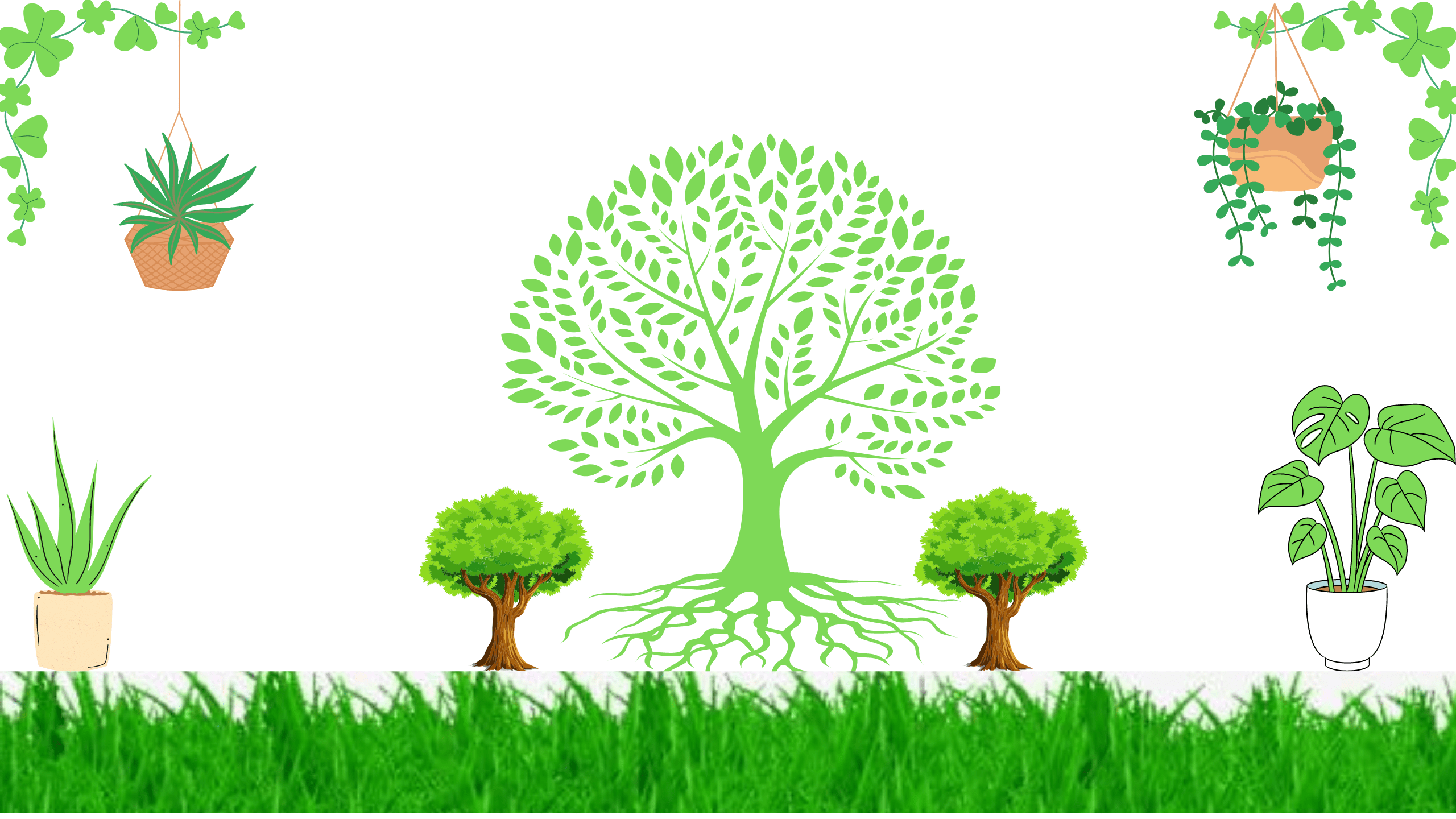

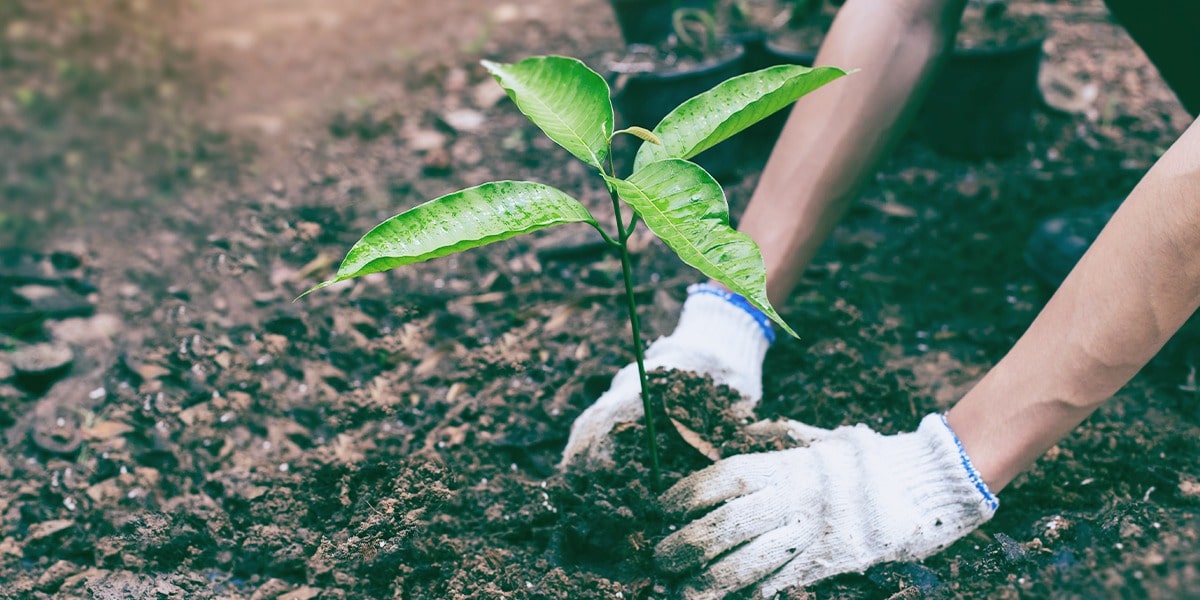

How to plant a tree - complete information step by step
Planting a tree is a rewarding activity that contributes to environmental health. Here’s a comprehensive step-by-step guide to ensure successful tree planting:
1. Planning
Select the Right Tree
Environment and Soil: Pick a tree animal varieties fit to your nearby environment and soil conditions. Consider the tree’s purpose, such as providing shade, fruit, ornamental value, or preventing erosion.
Choose the Right Location
Space: Ensure there is enough space for the tree to grow to its mature size.
Sunlight: Select a site with adequate sunlight for the species.
Proximity: Plant away from buildings, power lines, and underground utilities.
2. Preparation
Test Soil
pH and Fertility: Test the soil’s pH and nutrient levels, and amend if necessary.
Clear the Area
Remove Debris:Clear the site of weeds, grass, and debris to minimise competition for nutrients and water.
3. Digging the Hole
Depth: Make a hole that is as deep as the container or root ball.
4. Preparing the Tree
Remove Packaging
Containers: Take the tree out of its pot or container carefully.
Burlap/Netting: If balled and burlapped, remove any synthetic material. Natural burlap can be left but should be cut away from the trunk.
Inspect and Prepare Roots
Root Pruning: Trim any circling or tangled roots to encourage outward growth.
5. Planting the Tree
Positioning
Root Collar: Guarantee the root collar (where the roots meet the storage compartment) is at or somewhat over the ground level.
Backfill the Hole
Soil: Backfill with the original soil, gently tamping it down to remove air pockets.
Water:Water the soil as you backfill to help settle it.
6. Watering
Stake: If the tree is in a windy area or has small roots, provide support. Stake: Remove the support after the first growing season for normal growth and better vigor.
7. Staking (if necessary)
Support: Stake the tree if it is in a windy area or has a small root ball.
Duration: Remove stakes after the first growing season to allow natural movement and strength development.
8. Ongoing Care
Watering
Regular Watering: Water the tree regularly, especially during dry periods. Young trees need consistent moisture.
Deep Watering: Use slow, deep watering methods to encourage deep root growth.
Mulching
Wet Green Grass Complement: Keep a mulch layer to monitor dampness and direct soil temperature.
Pruning
Beginning Pruning: Prune just dead or broken branches at planting.{trees plants info} Pruning for maintenance: During the dormant season, prune the tree to shape it and remove weak or crossing branches.
Fertilising
Nutrient Supply:Apply a balanced fertiliser if needed, but avoid over-fertilization, which can harm the tree.
Protection
Guard:* Use tree guards to protect the trunk from animals and mechanical damage.
Inspect Regularly: Check for pests, diseases, or signs of stress.
9. Long-Term Monitoring
Development Check: Screen the tree’s development and wellbeing routinely.
Adjust Care: Adjust watering, mulching, and fertilisation as the tree grows.
Pruning: Continue regular pruning to maintain structure and health.
Summary
1. Planning:*Select the right tree and location.
2. Preparation:*Test soil and clear the planting area.
3. Digging:* Dig a proper hole.
4. Preparing the Tree:** Remove packaging and inspect roots.
5. Planting:* Position and backfill the tree.
6. Watering:* Water thoroughly and mulch.
7. Staking:* Stake if needed.
8. Ongoing Care:* Water, mulch, prune, fertilize, and protect.
9. Monitoring:* Regularly check and adjust care.
By following these steps, you can help ensure that your tree establishes well and grows healthy, providing benefits for years to come.Wet Green Grass Complement:
So today I am going to tell you about the 12 hardest fruits found in India. These fruits are considered hard and you must have eaten them too. The term “hardest fruits” could refer to fruits that are either physically tough or hardy in terms of resilience to various growing conditions. Here, I’ll focus on the latter, highlighting the top 12 fruits that are considered hardy in terms of their ability to withstand challenging growing conditions in India.
-
Amla (Phyllanthus emblica) अमला
-
Known for its resilience to poor soil and drought conditions, the amla or Indian gooseberry is extremely hardy and thrives in varied climates.
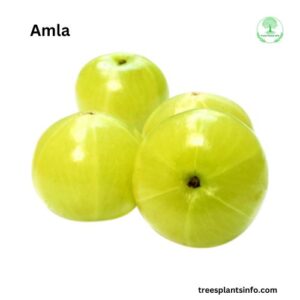
-
-
Ber (Ziziphus mauritiana) बेर
-
The Indian jujube is highly drought-resistant and can grow in poor, arid soils, making it one of the toughest fruit trees.
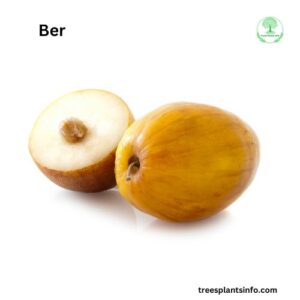
-
-
Jamun (Syzygium cumini) जामुन
-
Jamun trees are hardy, capable of thriving in both drought and waterlogged conditions, and are well-suited to tropical climates.
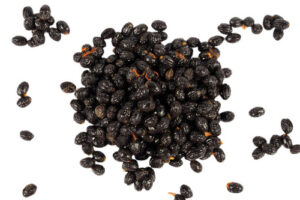
-
-
Pomegranate (Punica granatum) अनार
-
Pomegranates are drought-tolerant and can withstand high temperatures, making them suitable for arid and semi-arid regions.
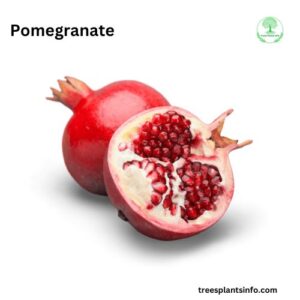
-
-
Custard Apple (Annona squamosa) शरीफा
-
This fruit tree is tolerant of dry conditions and poor soils, making it suitable for harsh environments.
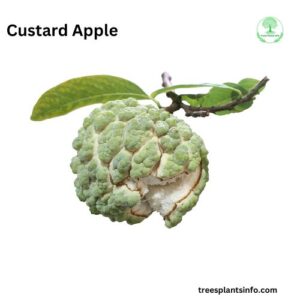
-
-
Tamarind (Tamarindus indica) इमली
-
Tamarind trees are resilient, capable of thriving in dry, hot climates, and can tolerate drought effectively.
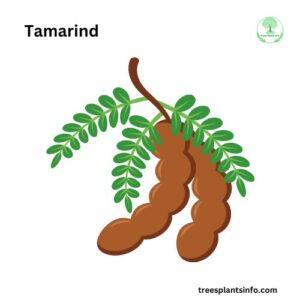
-
-
Guava (Psidium guajava) अमरूद
-
Guava trees are hardy and adaptable to both humid and dry climates, growing well in various soil types.
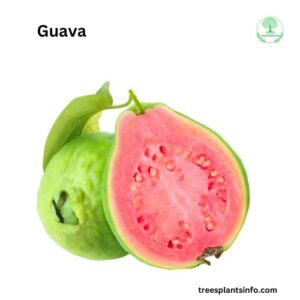
-
-
Wood apple (Limonia acidissima,) कैथा
-
Wood apple, scientifically known as Limonia acidissima, is a hardy fruit native to the Indian
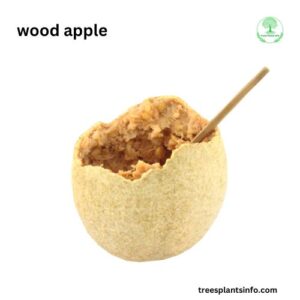
-
-
Sapota (Manilkara zapota) चीकू
-
Also known as chikoo, sapota trees can withstand drought and thrive in tropical and subtropical climates.
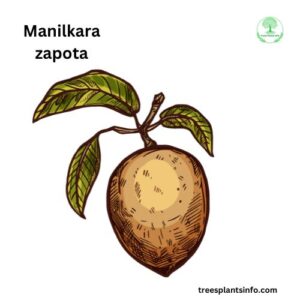
-
-
Fig (Ficus carica) अंजीर सूखा
-
Fig trees are well-suited to dry, warm climates and can tolerate poor soil conditions, making them ideal for various regions in India.
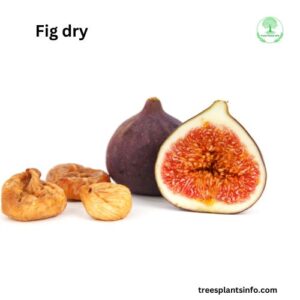
-
-
Bael (Aegle marmelos) बेल
-
The bael tree is extremely hardy, thriving in poor, dry soils, and is resistant to drought and temperature extremes.
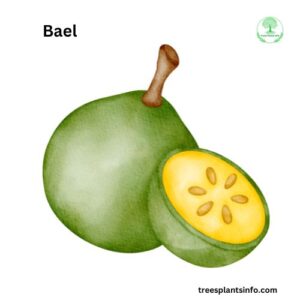
-
-
Karonda (Carissa carandas) करोंदा
-
This fruit is highly drought-resistant and can grow in poor, rocky soils, making it suitable for arid regions.
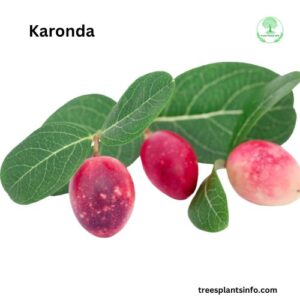
-
These fruits are not only resilient but also provide significant nutritional and economic benefits to the regions where they are grown. Their ability to thrive in challenging conditions makes them valuable crops for Indian agriculture. TREES PLANTS INFO
These plants are not only important for their oxygen-producing capabilities but also for their cultural significance and ecological roles in maintaining biodiversity and ecosystem health in India. aloe vera plants ,tulsi plants, money plants, snake plants
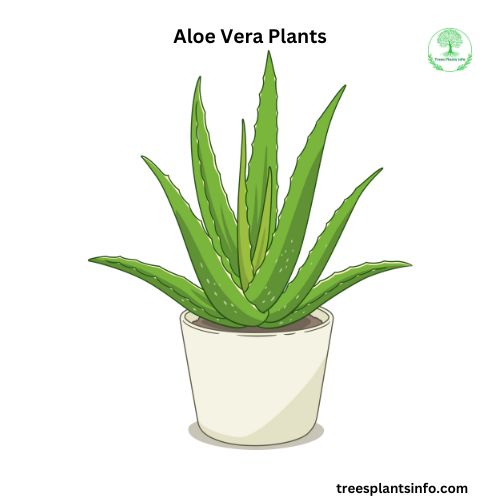
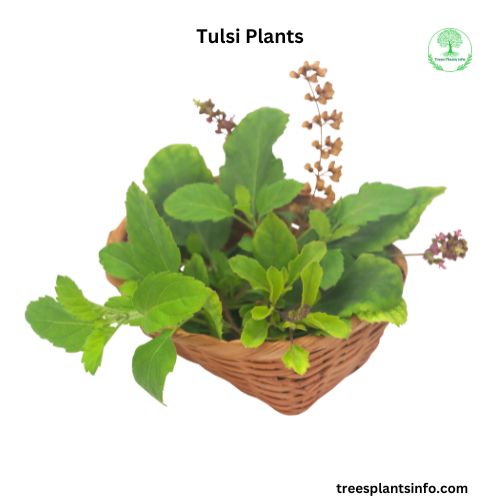
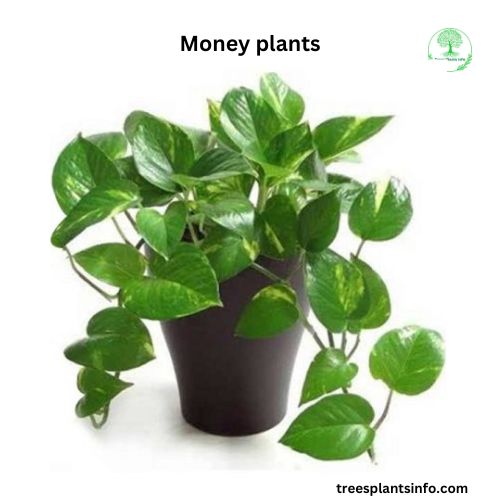
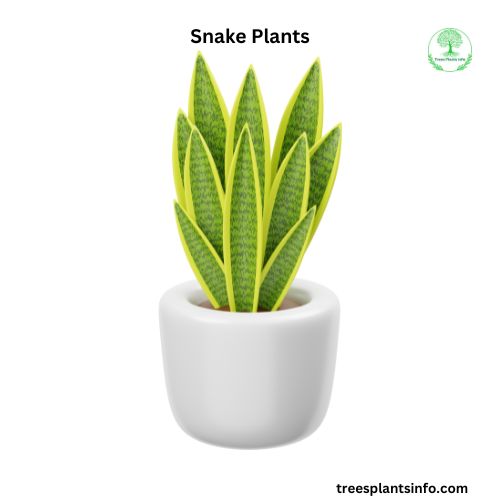
Top 4 trees that produce the most oxygen in India
When discussing plants that produce the most oxygen in India, we typically refer to tree species that are abundant and have large canopies capable of significant oxygen production. Here are four such plants: peepal tree ,neem tree, ashoka tree,banyan tree
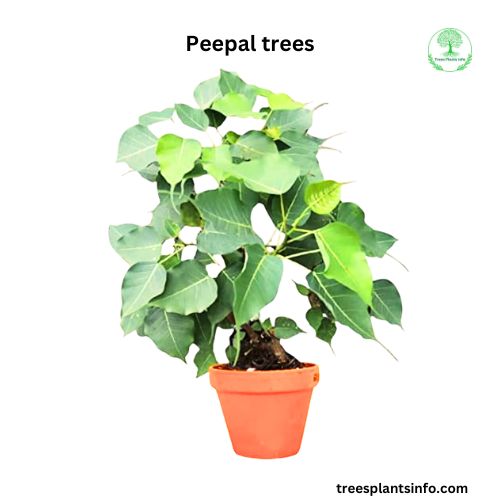
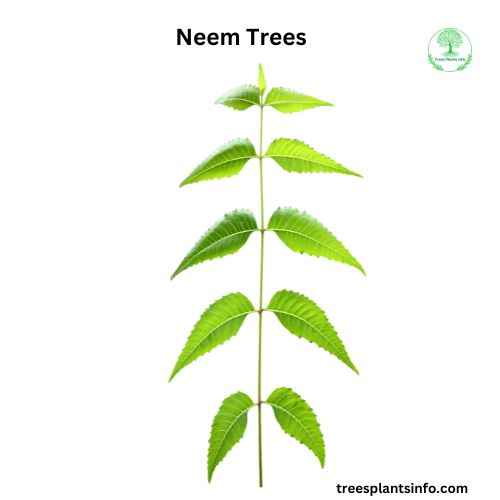
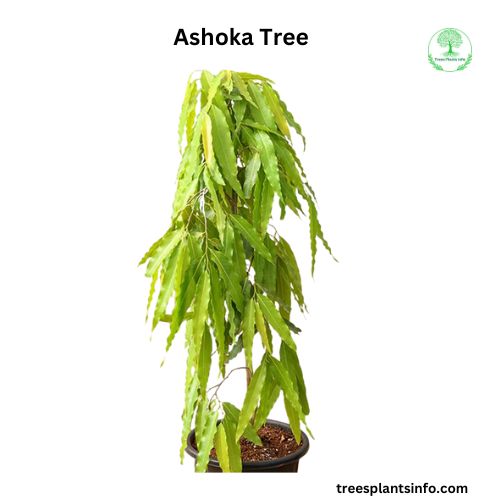
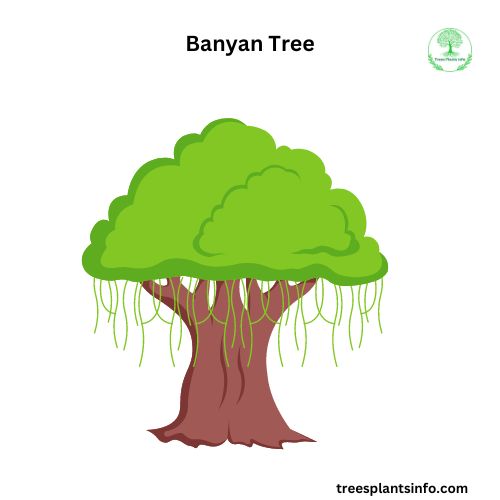
Top 4 Low Maintenance plants in India
Choosing low-maintenance plants in India can be beneficial, especially for beginners or those with limited time for gardening. Here are four options that are known for their ease of care: These plants are well-suited to the climate and conditions found in many parts of India, requiring little attention beyond occasional watering and basic care.
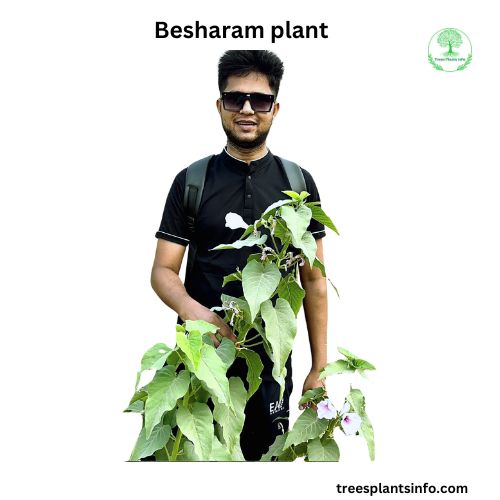
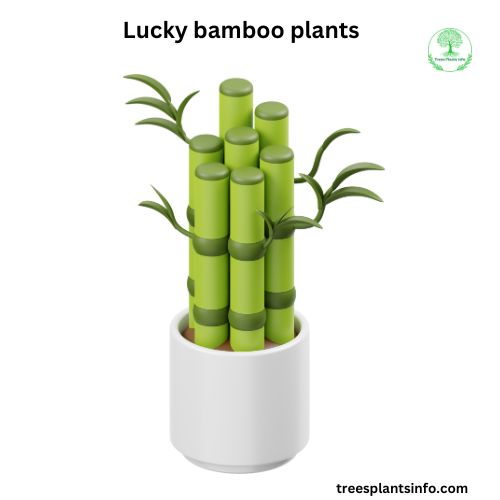
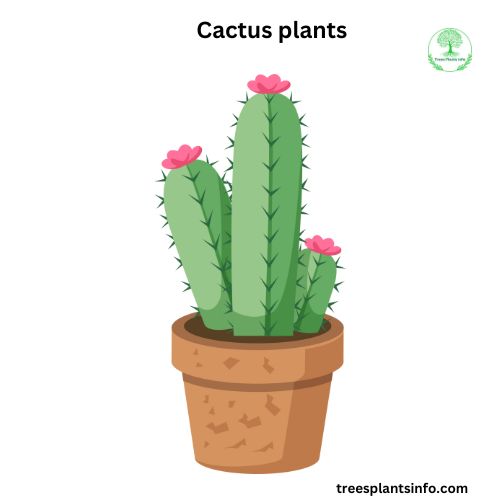
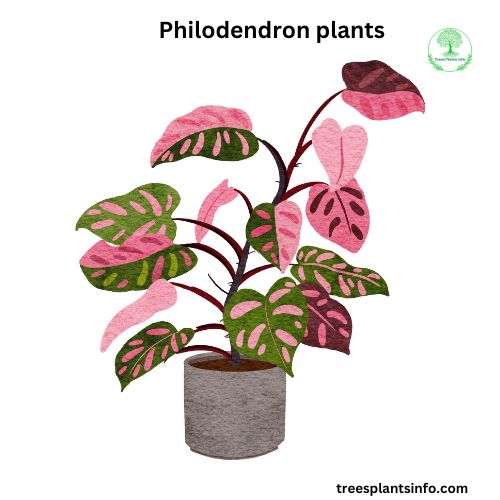
Here are the top 4 low-maintenance plants commonly grown in India: These plants are not only easy to care for but also contribute to a healthier living environment by purifying the air and adding a touch of greenery to your home. besharan plants , lucky bamboo plants,cactus plants, philodendron plants,